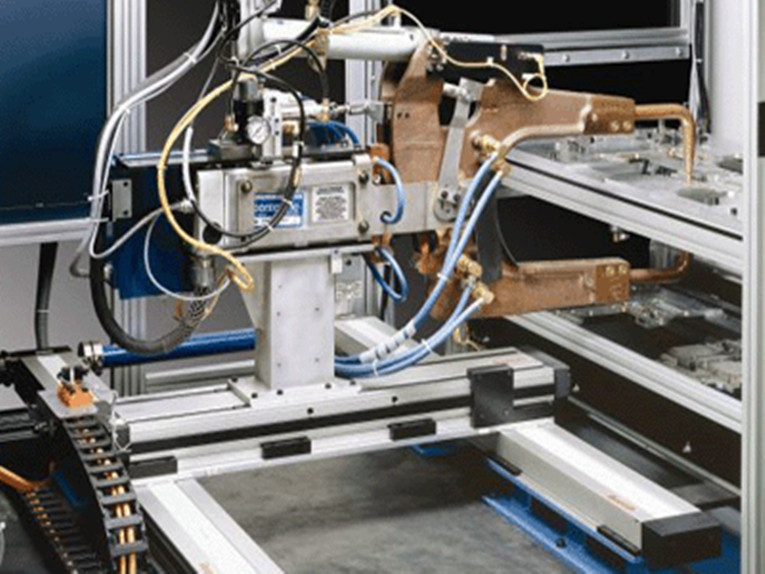
The first step in any automation project is to clearly define the objective — what process are you trying to accomplish or what output are you trying to produce? Once the process or output is defined, it’s time to dig into the details of the application so you can choose the right components or systems to achieve the desired result in the most efficient, cost-effective way. Documenting the application parameters will also help you communicate specific requirements to vendors and integrators.
To define a linear motion application, start with three fundamental questions:
What are you moving?
How far are you moving it?
How fast does it need to get there?
Here, the question of “What” refers to the type of load being moved — its mass, shape, and size. Also define where and how the load is oriented relative to the linear motion system, and whether any of these parameters changes significantly during the process.
Keep in mind that some applications also include axial (pressing) loads, and these need to be considered during the sizing and selection of drive components. And if the load orientation is vertical or inclined, special circumstances need to be taken into account, such as buckling forces on the drive mechanism and the potential for the load to back drive (or worse, for the load to “drop”) if power is lost.
“How far” means the stroke, or travel length, and whether there are any intermediate stops or changes in the stroke over the course of the process. The question of “how far” also leads to precision — defined as positioning accuracy and repeatability, as well as travel accuracy requirements.
“How fast” refers to the move profile of the stroke. The goal might be to move the load to the target position as quickly as possible, but most applications have specific requirements for traveling at constant velocity during part of the move, for dwell time, or even for maximum speed or acceleration due to the nature of the load or safety concerns. The move profile will also determine the required torque and speed from the motor and whether the application requires a gear reducer.
When defining the move profile, the duty cycle should also be defined. In other words, how often will the move be made — how many times per minute, hour, or day? The duty cycle affects not only the life of moving components, it also affects the amount of heating the motor will experience during operation and can have a significant influence on motor selection.
Fortunately, manufacturers of linear motion components understand that sizing and selecting their products can be a complicated and intimidating process. To help designers and engineers with defining the application, several manufacturers have come up with catchy acronyms that spell out the application parameters required for sizing.
Post time: Jan-04-2022







